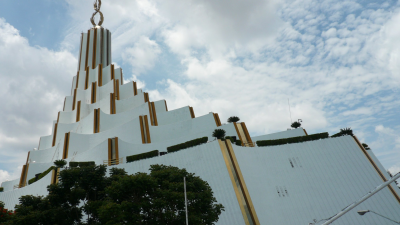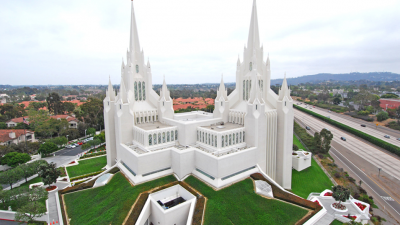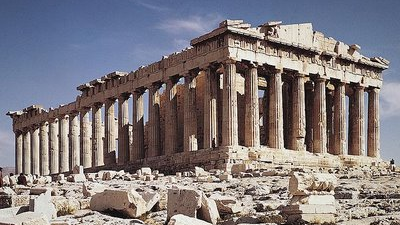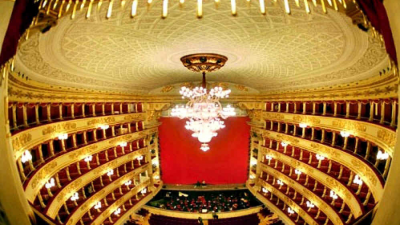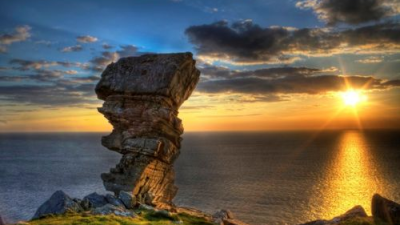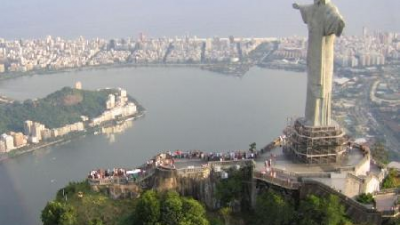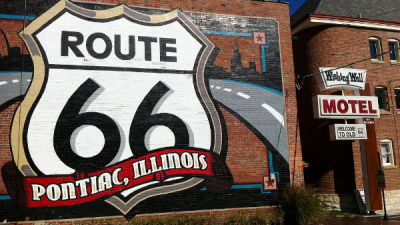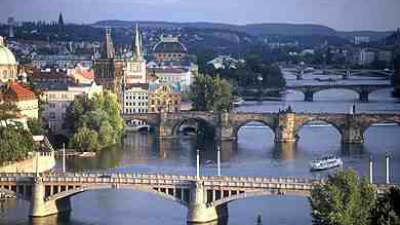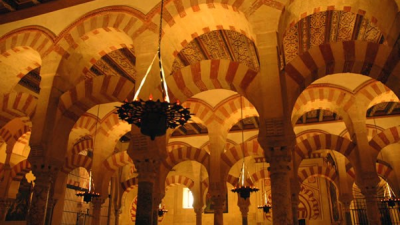The most fascinating Buddhist temples
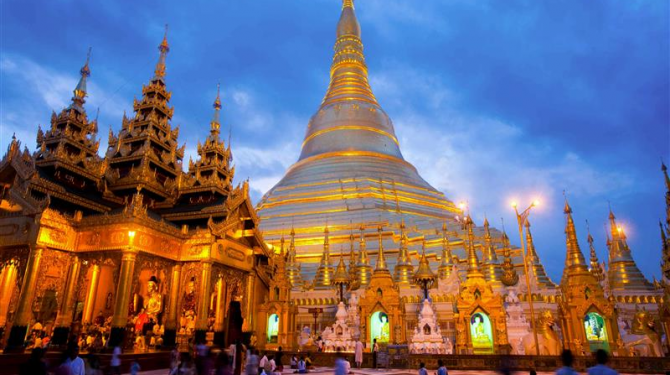
Source: listas.20minutos.es
Hello everyone. Buddhism is a non-theistic "philosophical and spiritual doctrine" belonging to the Dharmic family and, according to Vedism, of the Nastika type. I have created this list with some of the most important, striking and spectacular Buddhist temples that we can find throughout the world. Buddhist temples that surprise. Thanks for voting
TOP 21:
Temple of the Five Pagodas (China)
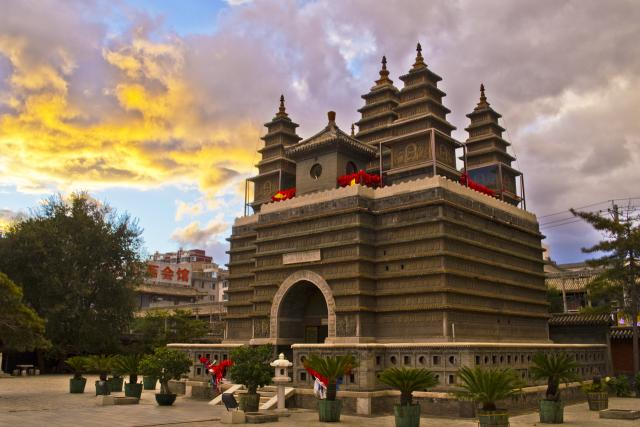
The Temple of the Five Pagodas, also known as the "Beautiful Pagoda of the Buddhist Relics of the Diamond Throne" is a Buddhist temple in the city of Hohhot, in Inner Mongolia, in northwestern China. It is located in the old part of the city in the vicinity of Qingcheng Park. The construction of the temple began in 1727 and was completed in 1732. The distinctive five pagodas decorate a temple that contains 1563 images of Buddha carved on its walls, each slightly different from the others. Inside is a rare cosmological map of Mongolia carved from a large stone that illustrates the zodiac and the positions of numerous stars.
TOP 20:
Siong Lim Temple (Singapore)
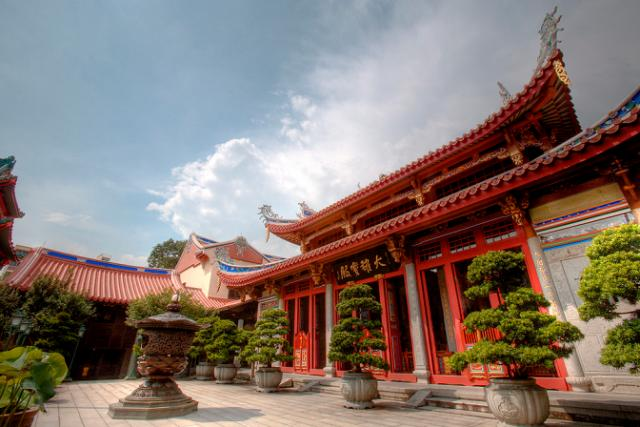
The Siong Lim Temple (or Shuang Lin Temple) is the name by which the Monastery (Lian Shan) is popularly known. Built in 1902, the Buddhist temple is located in Toa Payoh, Singapore.
TOP 19:
Putuo Zongcheng Temple (China)
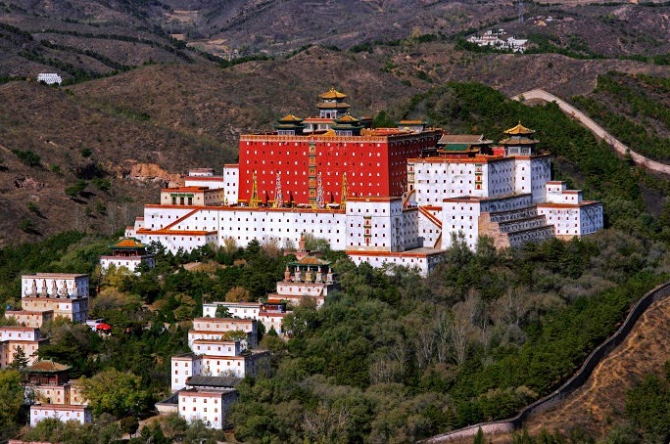
The Putuo Zongcheng Temple located in the town of Chengde, in the Chinese province of Hebei, is a Buddhist temple of the Qing dynasty, built between 1767 and 1771 during the reign of Emperor Qianlong. It is located near the mountain residence of Chengde that is south. Together with the Puning Temple it is one of the eight outer temples of the city. It was built following the model of the Potala Palace, the ancient sanctuary of the Dalai Lama in Tibet, which is why it is sometimes called the small Potala. Its architecture is a mixture of Chinese and Tibetan styles. The temple occupies an area of 220,000 m², which makes it one of the largest in China. Most of its halls and pavilions are covered by roofs made of copper and gold which adds splendor to the place.
TOP 18:
Tianning Temple (China)
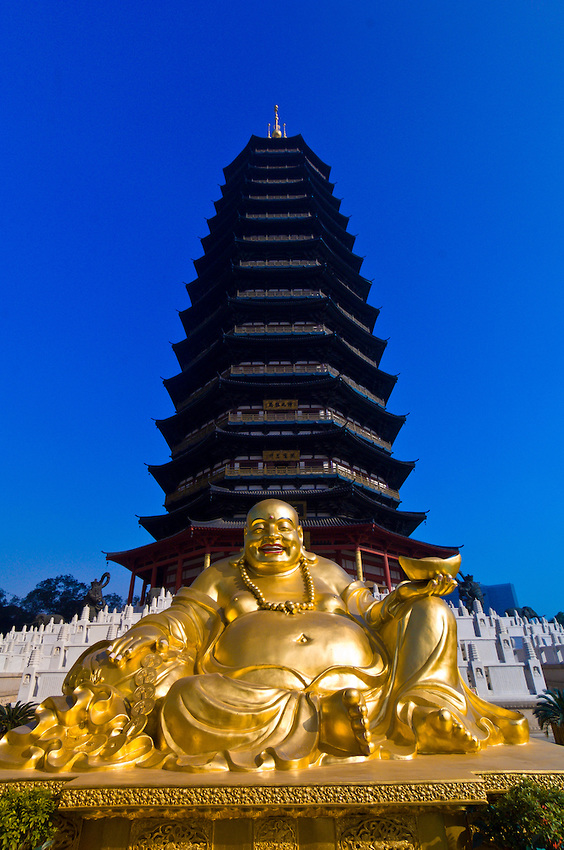
The Tianning Temple, located in Changzhou, Jiangsu Province, China, stands out for its large wooden pagoda, the Tianning Pagoda. Its construction began in April 2002, and the opening ceremony took place on April 30, 2007, in which hundreds of Buddhist monks gathered. With thirteen floors and 153.79 m high, it is the tallest pagoda in the world and the tallest wooden structure in the world, surpassing the previous tallest pagoda in China, Liaodi Pagoda, built in 1055 with 84 m high . Although the current pagoda was built in April 2007, the temple and pagoda grounds have a history of construction and destruction of 1350 years, since the time of the Tang Dynasty (618–907). The construction of the pagoda was proposed by the Chinese Buddhist Association in 2001. However, donations of construction money were an international effort. Leaders of 108 Buddhist associations and temples around the world attended the temple opening ceremony.
TOP 17:
Bulguksa (South Korea)
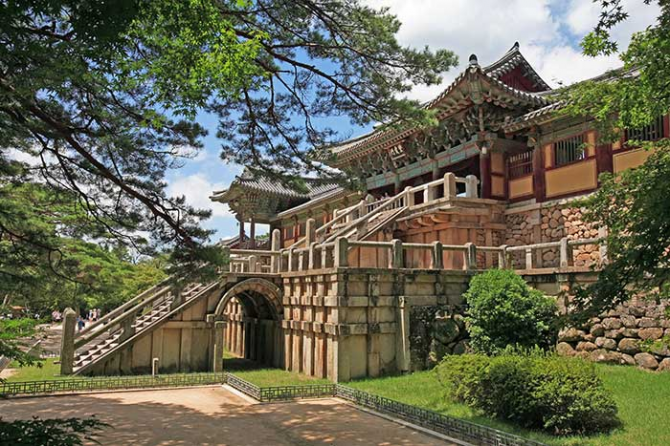
The Bulguksa is a Buddhist temple in Gyeongju, in South Korea, the former capital of the Silla kingdom. In this temple are seven national treasures of Korea, including the Dabotap and Seokgatap pagodas, the Cheongun-gyo (Blue Cloud Bridge) and two gold-plated bronze Buddha statues. The temple is considered a masterpiece of the apogee of Buddhism in the Silla Kingdom. The Bulguksa was a small temple that King Beop-heung erected to pray for the prosperity and peace of his reign. Currently the temple is in the same state as the year 1251, when it was restored. The Bulguska temple, next to the Seokguram grotto, was declared a World Heritage Site by Unesco in 1995.
TOP 16:
Samye Monastery (China)
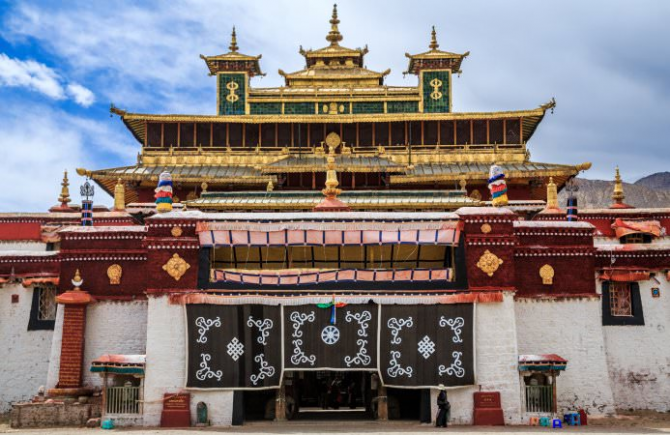
Samye Monastery is the oldest Buddhist temple in Tibet. It was built at the end of the 8th century and founded by Padmasambhava. The temple has a circular palisade in which there are numerous minor temples. It is a place of special importance for Tibetan pilgrims. It is located about 120 kilometers southeast of the capital, Lhasa, within a restricted tourist area controlled by Beijing.
TOP 15:
Pha That Luang (Laos)
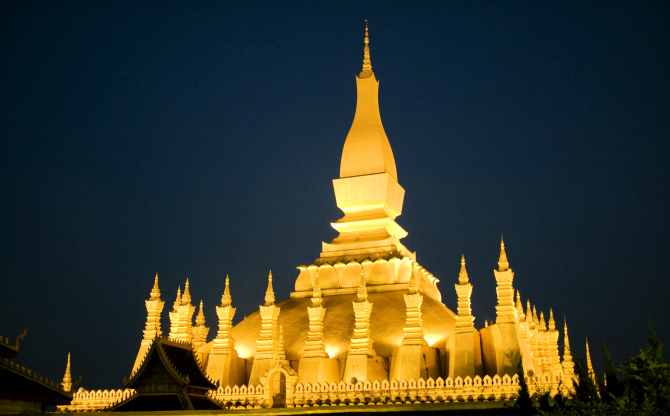
Pha That Luang is a gold-coated Buddhist stupa located in the center of Vientiane, Laos. Since its foundation, probably in the third century, it has been rebuilt several times, the last time in the 1930s due to foreign invasions of the area. It is considered the most important monument of Laos and a national symbol.
TOP 14:
Mahamuni Temple (Myanmar)
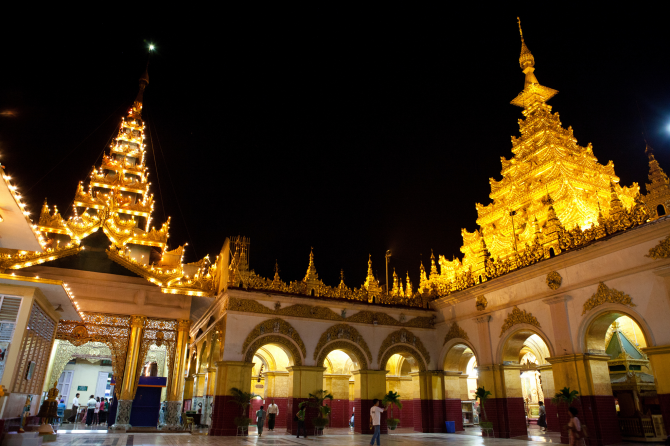
Mahamuni Temple, also known as Mahamuni Pagoda, is a Buddhist temple in the city of Mandalay in Burma. The statue of Mahamuni (Buddha Gautama) that is inside is the most revered image of Burma and makes this temple one of the most important religious pilgrimage sites in the whole country. The significance of this image goes beyond the Burmese borders, since it is considered one of the most important representations of Buddha Gautama, before reaching enlightenment with the name of Siddharta. According to the transmitted tradition that lacks a historical basis, it is the only true copy that exists of the Buddha, made in its life and taking it as a model. Archaeological evidence suggests that it is one of the oldest representations of the Buddha, but its creation would possibly be in the second century, some eight hundred years after the existence of the Buddha.
TOP 13:
Yonghe Temple (China)
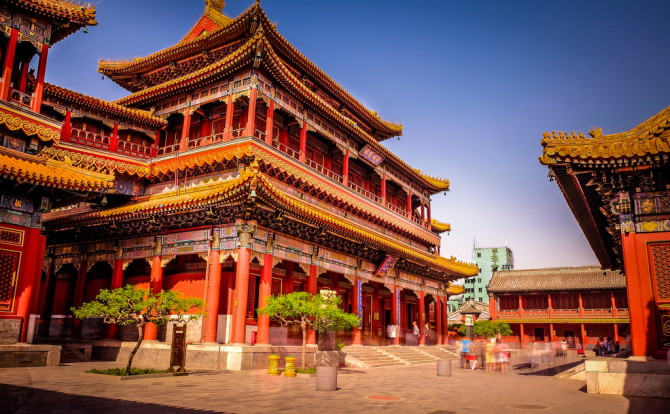
Yonghe Temple (Palace of Peace and Harmony) is one of the most important Buddhist monuments in Beijing (China). It was established under the Qing dynasty. It is the most important temple and monastery in China of the Geluk order of Tibetan Buddhism. It is located in the northeast part of Beijing, China. Although it decayed a lot with the fall of the imperial patronage, it is still one of the most important temples of this order, at least at the architectural and iconographic level. Temple styles combine Tibetan elements (with Mongolian influence) and Chinese (han) elements.
TOP 12:
Mahabodhi Temple (India)
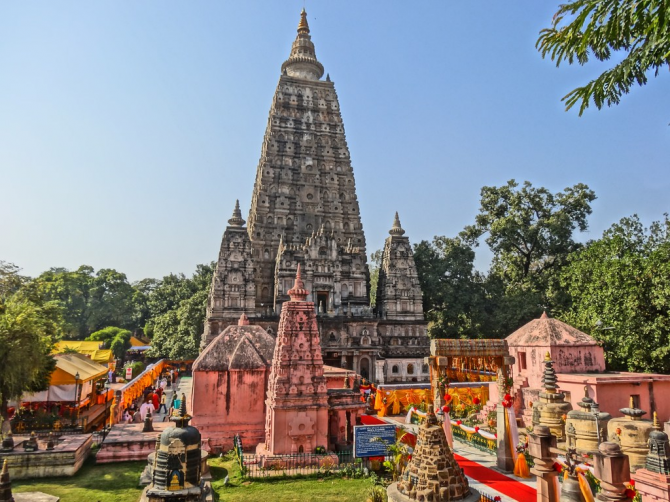
The Mahabodhi Temple or Temple of the Great Awakening, is a Buddhist temple located in Bodhgaya or Bodh Gaya, 96 km from Patna, Bihar state, India. It stands in the place where Siddhartha Gautama reached enlightenment, becoming Buddha. Next to the temple there is a monastery, the Bodhimanda Vihara, and the sacred fig tree grows under which, according to tradition, the illumination occurred. It was declared a World Heritage Site by UNESCO in 2002, covering a protected area of 4.86 ha.
TOP 11:
Boudhanath (Nepal)
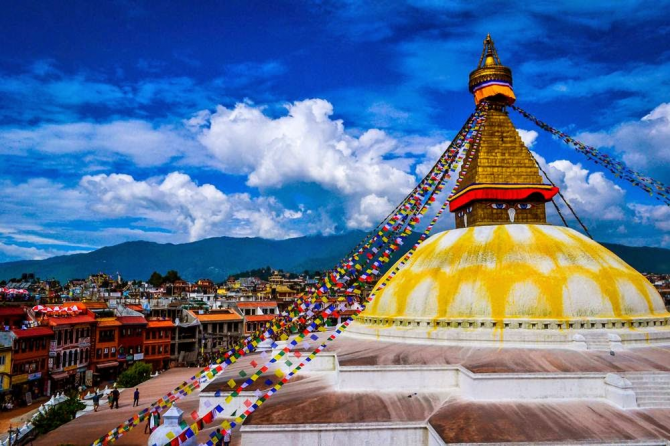
Boudhanath is one of the sacred Buddhist places in Kathmandu, Nepal. It is also known as Khāsti in the Nepalese bhasa language and as Bauddha or Bodh Nath by modern Nepali speakers. Located about 11 kilometers (7 miles) from the center on the northeast periphery of Kathmandu, it is one of the largest spherical stupas in Nepal, representing the mandala. Boudhanath's Buddhist stupa is one of the largest in the world. The influx of large populations of Tibetan refugees from China has led to the construction of more than 50 Tibetan gompas (monasteries) around the sanctuary. In 1979, Boudhanath was named one of the Unesco World Heritage Sites. Together with Swayambhunath, it is one of the most popular tourist sites in the Kathmandu area.
TOP 10:
Wat Phra Dhammakaya (Thailand)
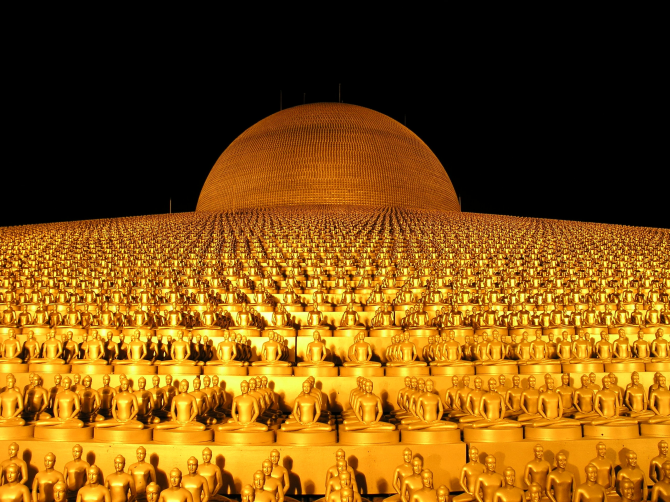
TOP 9:
Golden Temple of Dambulla (Sri Lanka)
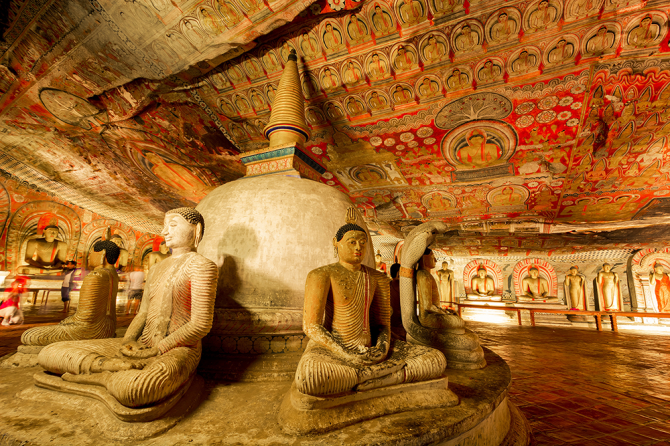
The Dambulla Cave Temple, also known as the Golden Temple of Dambulla, is a World Heritage Site (1991) in Dambulla, in the central part of Sri Lanka, in the Matale district, Central Provincial of Sri Lanka, 148 kilometers northeast of Colombo and 72 kilometers north of Kandy. It was declared a World Heritage Site by Unesco in 1991. It is a complex of caves with temples inside, in the largest and best preserved in Sri Lanka. The rock protrudes with a height of 160 m above the surrounding plains. There are more than 80 documented caves in the surroundings. The main attraction is 5 caves, which contain statues and paintings. These paintings and statues are related to Buddha and his life. There are a total of 153 Buddha statues, 3 statues of Sri Lankan kings and 4 statues of gods and goddesses. The last 4 are statues of Hindu gods, god Visnú and god Ganesha. The murals cover an area of 2100 square meters. The paintings on the walls of the caves include the temptation of the Buddha by the demon Mara and the first sermon of the Buddha. The inhabitants of prehistoric Sri Lanka lived in these caves before the arrival of Buddhism on the island, as there are burial sites with human skeletons from 700 BC. C., about 2700 years ago, which has been unearthed in this area of Ibbankatuwa near the Dambulla caves.
TOP 8:
Tōdai-ji (Japan)
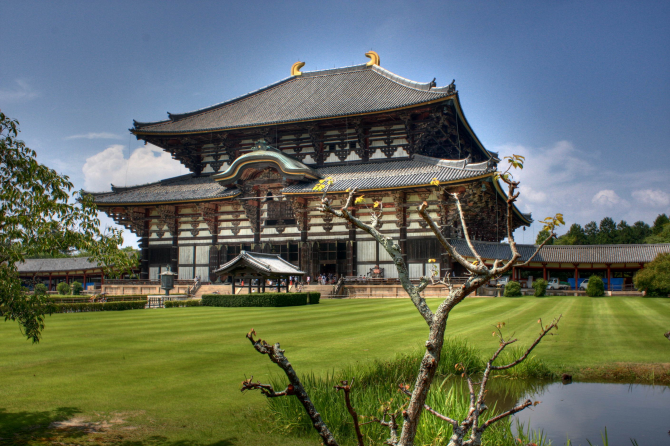
Tōdai-ji, is a Buddhist temple found in Nara, Japan. It houses a giant statue of the Vairocana Buddha (called dainichi in Japanese; it means "Buddha that shines throughout the world like the sun"), known simply as daibutsu (Great Buddha), as well as other great Buddha figures in Japan. The temple also serves as the Japanese barracks of the Kegon school of Buddhism. Even having been rebuilt twice because of fires caused by the war being 33% smaller than the original, it holds the world record being the largest timber construction in the world. Sika deer, officially protected as national treasures and considered as messengers of the gods by Shintoism, roam the land freely. They are used as a tourist claim and can be fed, after buying a kind of wafers that sell inside the enclosure, so they do not show any fear towards people.
TOP 7:
Shwedagon (Myanmar)
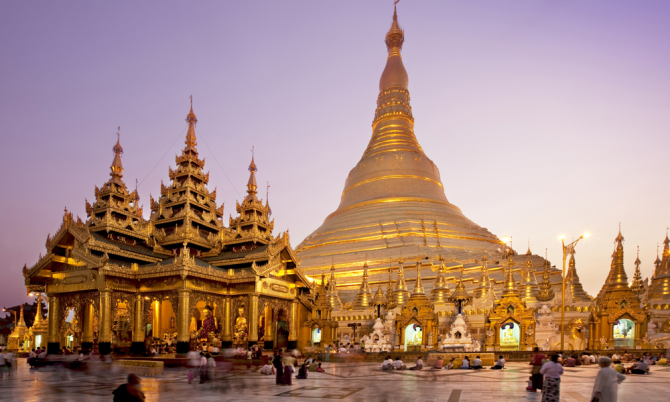
Shwedagon is a religious complex located in Yangon, the former capital of Burma. It is chaired by the magnificent Shwedagon Paya stupa (in Burma they are known as clowns) surrounded by temples. The stupa is 100 m high and is covered with a gold plating. It is situated on the western margin of Lake Real in the Singuttara hills. It is the most sacred pagoda for Buddhists in the country as it contains some relics of the Buddha, including a piece of cloth and eight hairs of Siddharta Gautama. Visitors have to take off their shoes before stepping on the entrance. Prayers are done by turning counterclockwise.
TOP 6:
Wat Arun (Thailand)
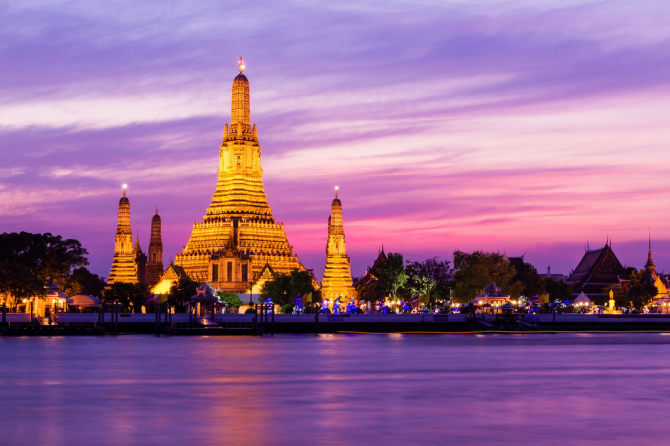
Wat Arun (Temple of Dawn) is a Buddhist temple (wat) in Bangkok, Thailand. The temple is located in the district of Bangkok Yai on the western bank of the Chao Phraya River. The most striking feature of Wat Arun is its central prang (its Khmer style tower). A fairly steep steps lead to the two terraces, the height being 77 meters. The corners of the temple are crowned by four other smaller satellite prangs. The decoration of the temple is done through the use of seashells and porcelain pieces that had previously served as ballast for ships traveling to Bangkok from China. Various Chinese figures of soldiers and animals are located around the base of the towers. Above the second terrace there are four statues of the Hindu god Indra riding over Erawan.
TOP 5:
Borobudur (Indonesia)
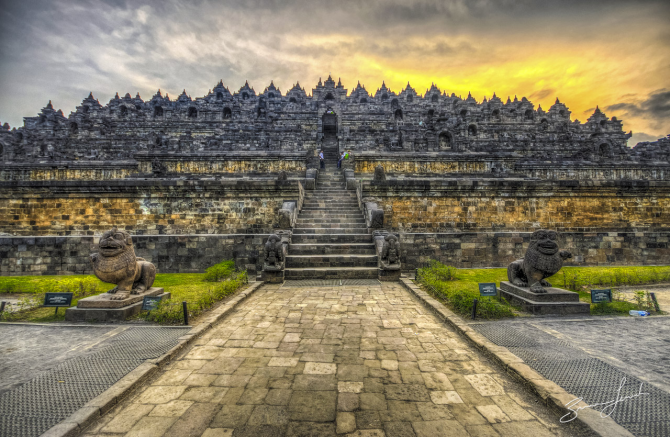
Borobudur is a Buddhist stupa with a pyramid-shaped silhouette related to the Mahāyāna tradition, which is located in the Central Java province. It is the largest Buddhist monument in the world. It was built between 750 and 850 by the rulers of the Sailendra dynasty. The name can be derived from the Sanskrit Vihara Buddha Ur, which translates as "the Buddhist temple on the mountain." The monument is a sanctuary and place of Buddhist pilgrimage. The pilgrims' journey begins at the base of the monument and continues along a path that surrounds it, while ascending to the top through the three levels of Buddhist cosmology. During the trip, the monument guides pilgrims through a system of stairs and corridors.
TOP 4:
Temples of Bagan (Myanmar)
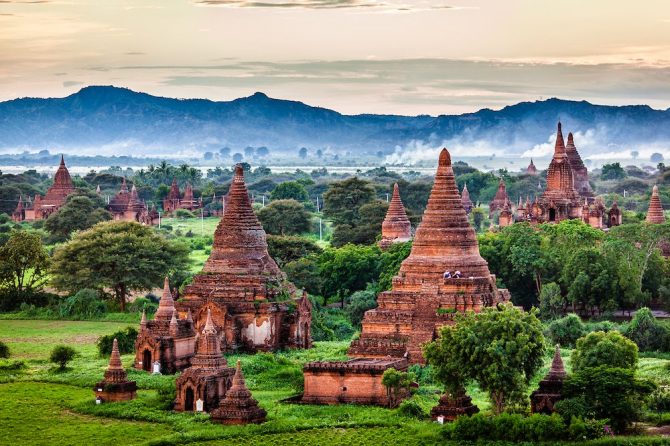
Bagan, or also a city that nobody knows, is the ancient capital of several kingdoms in Burma. It is located on the arid plateau of the country, next to the banks of the Ayeyarwady River (Irrawaddy River) and is 145 kilometers southwest of Mandalay. Unesco has tried unsuccessfully to designate Bagan as a World Heritage Site. [Citation needed] Bagan's religious constructions are reminiscent of popular architectural styles at the time of its construction
TOP 3:
Taktshang (Nepal)
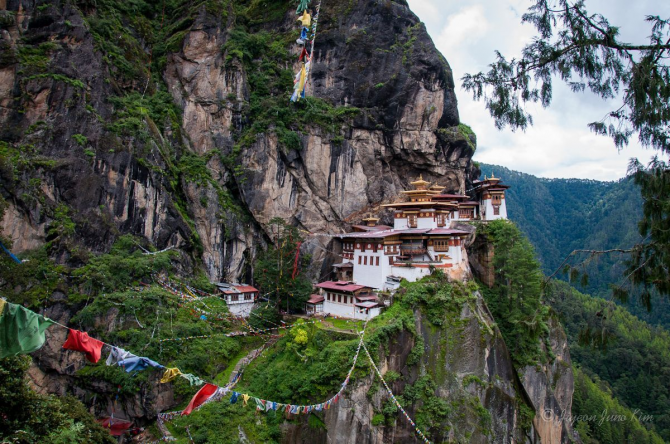
Taktshang is a monastery in Bhutan. It is located on a cliff at 3120 masl (700 meters to the bottom of the valley). The name means Tiger's Nest. The monastery is an important sacred place for Himalayan Buddhism and includes seven temples. It is located on a cliff of the Paro Valley. The complex began to be built in 1692 in the vicinity of the cave where it is believed that Guru Padmasambhava meditated for three years, three months, three weeks, three days and three hours in the eighth century. Padmasambhava was the one who introduced Buddhism in Bhutan and is the guardian deity of the country. Taktshang is under restoration due to damage from a recent fire. Access to it is only on foot or mule. Paro Taktshang is the best known of the thirty takshangs or "tiger nests" in which the saint meditated.
TOP 2:
Temple of the Emerald Buddha (Thailand)
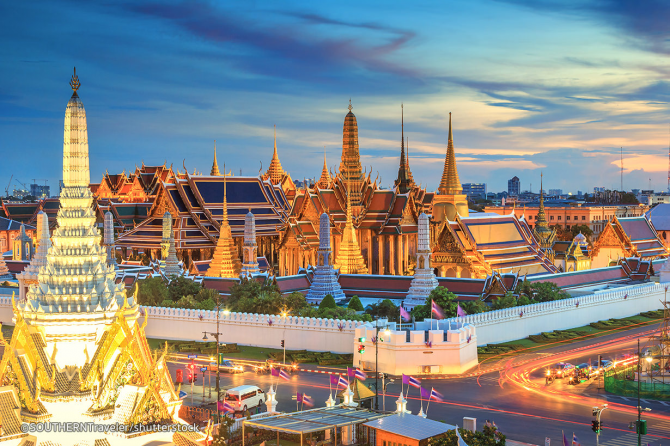
The Temple of the Emerald Buddha is a Buddhist temple (wat) in Bangkok, Thailand. It is the most important Buddhist temple in Thailand, located in the historical center of Bangkok (Phra Nakhon district), within the grounds of the Grand Palace in Bangkok.
TOP 1:
Wat Rong Khun (Thailand)
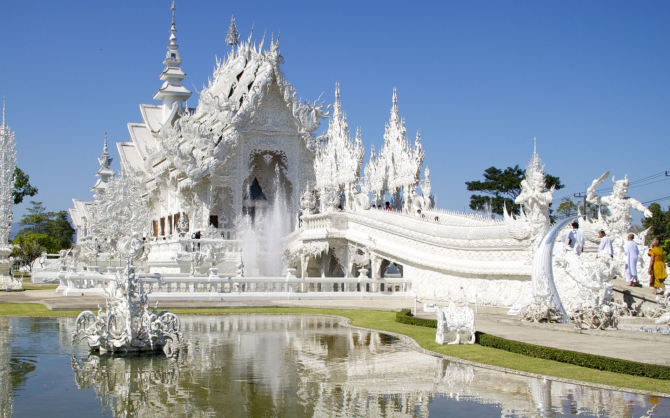
Wat Rong Khun (in Thai: วัด ร่อง ขุ่น) is an unconventional contemporary Buddhist and Hindu temple. It is in Chiang Rai province, Thailand. It was designed by Don Chalermchai Kositpipat and construction began in 1997. Wat Rong Khun is unlike any temple in Thailand for having an "ubosot" (Pali: uposatha; a type of meeting room) The Temple Meeting Room was decorated with white color and crystals. The white color means the purity of Buddhist; the crystal means the wisdom of the Buddha as the "light that shines in the world and the universe." To enter the temple you have to cross a bridge that crosses the canal that leads to the room. The villagers here believe that Buddha crossed this bridge to preach dogma for the first time. The small semicircle in front of the bridge represents humans in the world. The big circle is the mouth of Rahu, an angel who had the black body that is now the symbol of Wednesday night. All the drawings that are inside the Meeting Room were decorated with gold.
More lists


